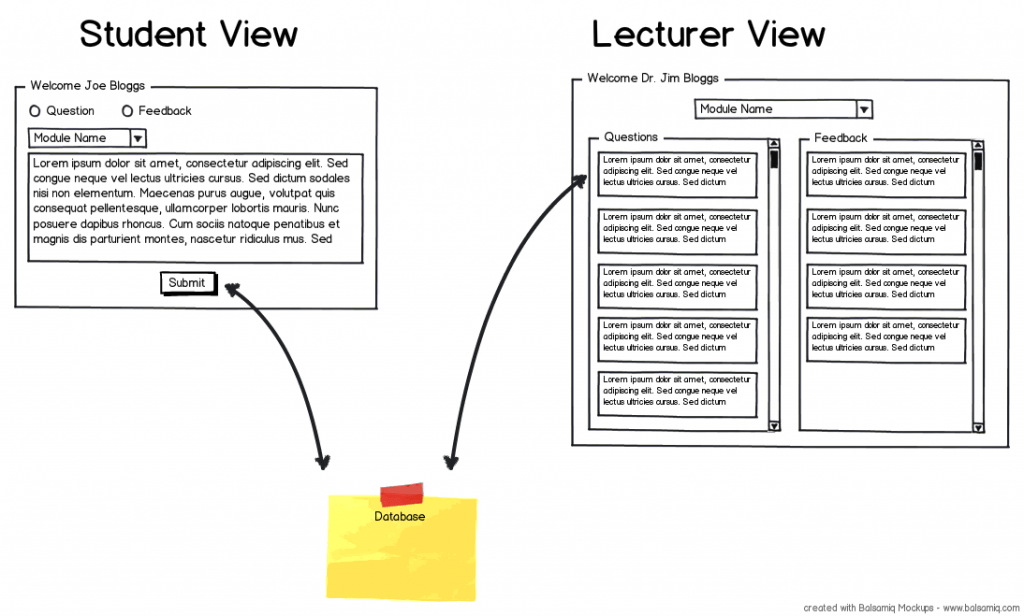Greetings Fast-Qers!
Apologies for the lack of development updates, but I will quickly fill you in with what has been happening in terms of development over the last few weeks. We have been preparing the system for integration with the Universities oAuth system. This means setting up the staff and student areas so that once a JSON request is made the data that is returned (Module list, name etc.) can be used to shape our system.
Progress is good and we hope to have an artefact which is ready for initial testing in the next couple of weeks. We hope to try out the system in a number of lectures and get feedback on the look and feel of fast.Q from both a student and staff perspective. This initial research will help to shape the system once we begin adding additional AI functionality.
I will write a post regarding how we are using the oAuth system and the benefits of a centralised university login system in the near future.
Boaz
